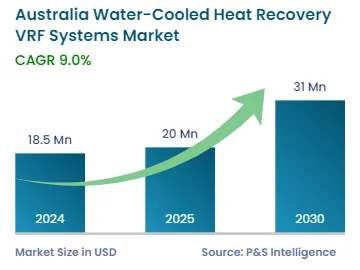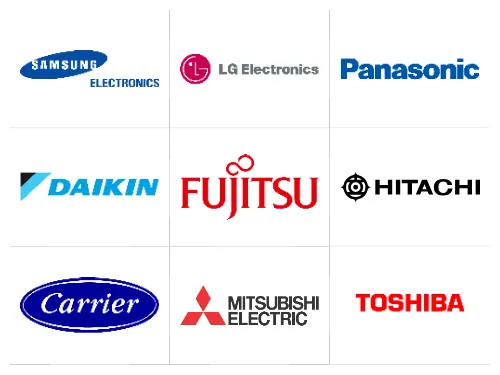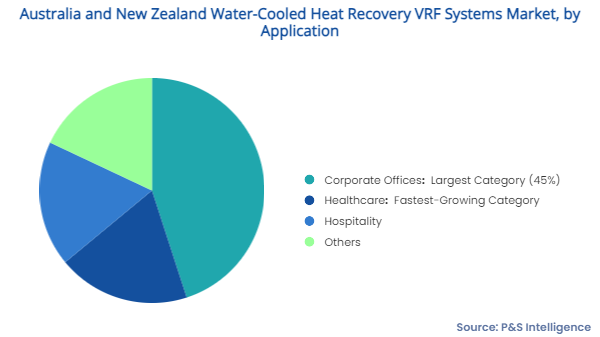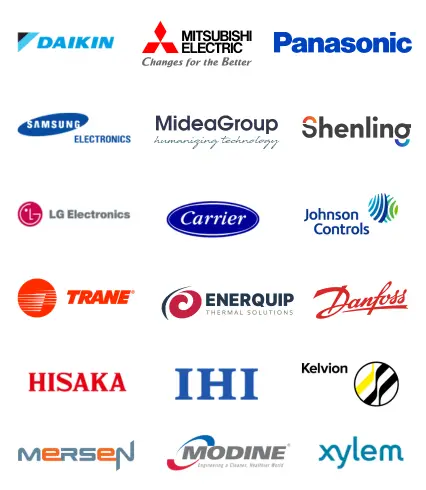Australia and New Zealand Water-Cooled Heat Recovery VRF Systems Market Future Prospects
The Australian water-cooled heat recovery variable refrigerant flow (VRF) systems market size will stand at an estimated USD 18.5 million in 2024 and advance at a CAGR of 9.0% during 2024–2030, to reach USD 31.0 million by 2030.
Moreover, in New Zealand the market will generate an estimated USD 3.3 million in 2024 and advance at a CAGR of 7.0% during the forecast period, reaching USD 4.9 million by 2030.
The surging need for energy-efficient VRF systems, heat pumps in commercial applications is the major factor boosting the market growth. To achieve maximum heat recovery and higher energy efficiency and energy savings, these systems are widely used in these countries.
Additionally, the industry is further exhibiting growth on account of the growing population, rising construction activities, and surging real estate industry. The growth in sales of equipment in both the countries have been significant due to their subtropical climate, which leads to hot summers and relatively cool winters.
The market growth is promising, as manufacturing and volume demand for VRF systems are expected to grow in the coming years. The existing manufacturing capacity may have to increase significantly, which brings opportunities for investors who want to invest in manufacturing platforms to gain scale in Australia and New Zealand.
Moreover, due to the increasing deployment of these HVAC systems in high-rise buildings on account of the flexibility and low-utility-cost benefits, players in the heat recovery VRF systems industry in Australia and New Zealand will get lucrative growth opportunities in the coming years.




